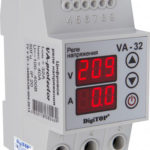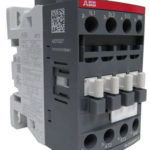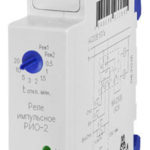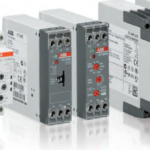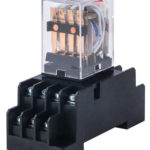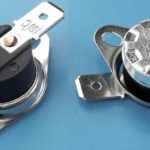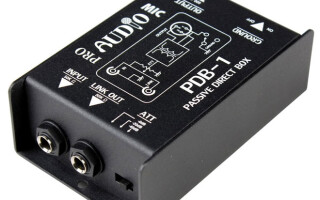The solid state device is used for non-contact device communication. Every day the popularity of this relay is increasing, and today it is ready to displace electromagnetic contactors from the market.
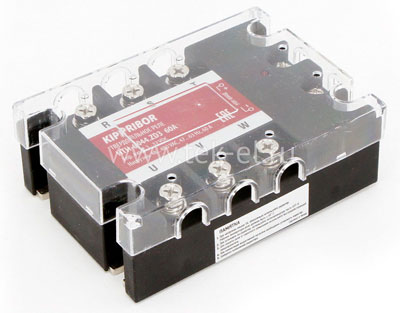
Principle of operation and device
Solid state relays allow you to combine high and low voltage circuits.
Most solid state relay devices have a common concept with various additions and changes that do not affect the principle of operation.
What is a solid state relay? This device consists of the following elements:
- input node;
- optical isolation systems;
- trigger circuit;
- switch;
- protection.
The primary circuit with a resistor is used as an input. The connection is serial. The task of the input circuit is to receive a signal and issue a command to the switch.
An optical isolation device is used to isolate the input and output circuits. Its type determines the principle of operation and the type of relay.
The trigger circuit processes the input signal and switches the output.Depending on the contactor model, it can be part of an optical isolation or an independent element.
A switch circuit is used to supply voltage. In this operation, a triac, a silicon diode and a transistor are involved.
A protective circuit is necessary to prevent errors and other malfunctions. It is external or internal.
The principle of operation of a solid state relay is to close and open switched contacts that transmit voltage to the device. In order for the contacts to start working, an activator is required. This task is performed by a solid state device. DC devices use a transistor, DC devices use a triac or thyristor.
Each device that has a key transistor is a solid state contactor. As an example, consider a light sensor that transmits voltage using a transistor.
The optical circuit neutralizes the galvanic effect, which is formed as a result of the voltage between the contacts and the coil.
Areas of use
Standard contactors are gradually leaving the market, giving way to solid state equipment. This is due to a number of advantages of the new product:
- Low electricity consumption. The semiconductor used in the SSR consumes 90% less energy than the electromagnetic counterpart.
- The small size of the device facilitates transportation and installation.
- Does not need to wait for the launch and has a high performance.
- Low noise level.
- Long service life. Does not require constant maintenance.
- Wide range of applications and compatibility with many devices.
- No electromagnetic interference.
- Over a billion hits.
- Improved isolation between switching and input circuit.
- Vibration and shock resistant.
- Tightness.
Use a solid state contactor if it is necessary to switch an inductive load. Main applications:
- in temperature control systems using an electric heater;
- maintaining the temperature level in the process;
- in the control circuit;
- control over the temperature indicators of technical instruments and equipment;
- adjustment and control of lighting.
Types of TTR
These devices are presented in many types. They differ in the way they switch and control the voltage:
- DC solid state relays are used to connect to a network with constant electricity. The voltage range can vary from 3 to 32 watts. The SSR is highly reliable and can have LED indication. Operates at ambient temperature from -30°С to +70°С.
- The AC contactor is quiet, fast and has low power consumption. Voltage range - 90-250 watts.
- TTR with manual control. In this device, you can independently set the type of operation.
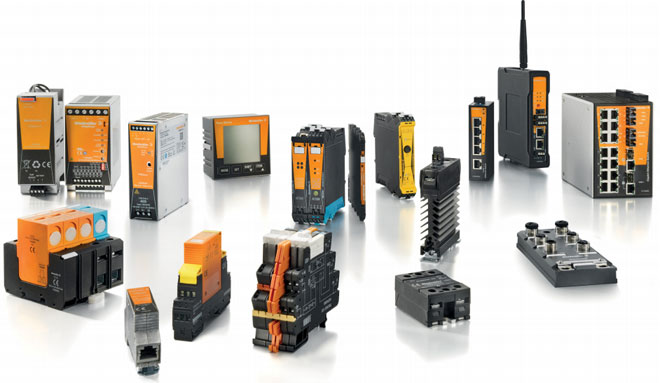
In addition, there are single-phase and three-phase relays.
The first relay can connect circuits in the range from 10 to 120 A or from 100 to 500 A. Switching is carried out using a resistor and an analog signal. In the second case, switching is carried out simultaneously on 3 phases with an operating interval of 10-120 A. Three-phase contactors are of the reversing type. Their difference lies in contactless communication and special marking. Such devices have reliable protection against false inclusions.
A three-phase SSR is necessary for starting and correct operation of an asynchronous motor. In order to operate this device safely, it is important to respect the power reserve of the voltage.
Overvoltage may occur during AC solid state relay operation. To protect the device, a fuse or varistor must be used.
Thanks to zero-crossing switching, as well as LED indication, the three-phase device has a longer service life.
In addition to the communication method, the devices differ in:
- weakness of induction and capacitive type load;
- activation method (random or instantaneous);
- the presence of phase control.
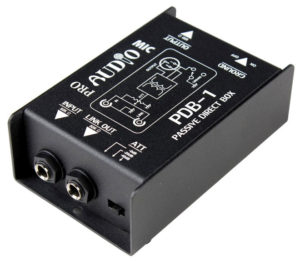
The device has structural differences:
- universal - the design allows you to install the relay on the adapter strips;
- mounted on DIN rails.
It is worth purchasing this product in specialized stores, where specialists can help with choosing the required type and tell you how to connect the device. Your device may differ:
- fastening method;
- case material;
- additional features;
- performance level;
- dimensions and other parameters.
Important! The installed relay must have a power reserve several times greater than the device used. Failure to comply with this condition can lead to instantaneous failure of the SSR. You can protect the device from overvoltage by installing a fuse.
The contactor heats up quickly. This results in a significant performance loss. If heated above 65°C, the device may burn out. The appliance may only be used with a cooling radiator. The current reserve should be 3 times higher. When working with asynchronous motors, the margin increases by 10 times.
How to connect a relay
To connect the relay yourself, you must consider the following nuances:
- connections are screwed, soldering is not used;
- do not allow metal dust and chips to get inside the device;
- contact of the device body with foreign objects is not allowed;
- do not touch the device during its operation (you can get burned);
- do not place SSR near combustible objects;
- it is necessary to check the wiring diagram of the solid state relay;
- when the case is heated above +60°C, a radiator must be installed.
Similar articles:Important! A short circuit at the output of the device is fraught with instant breakdown. The solid state relay must be controlled according to the instructions.

